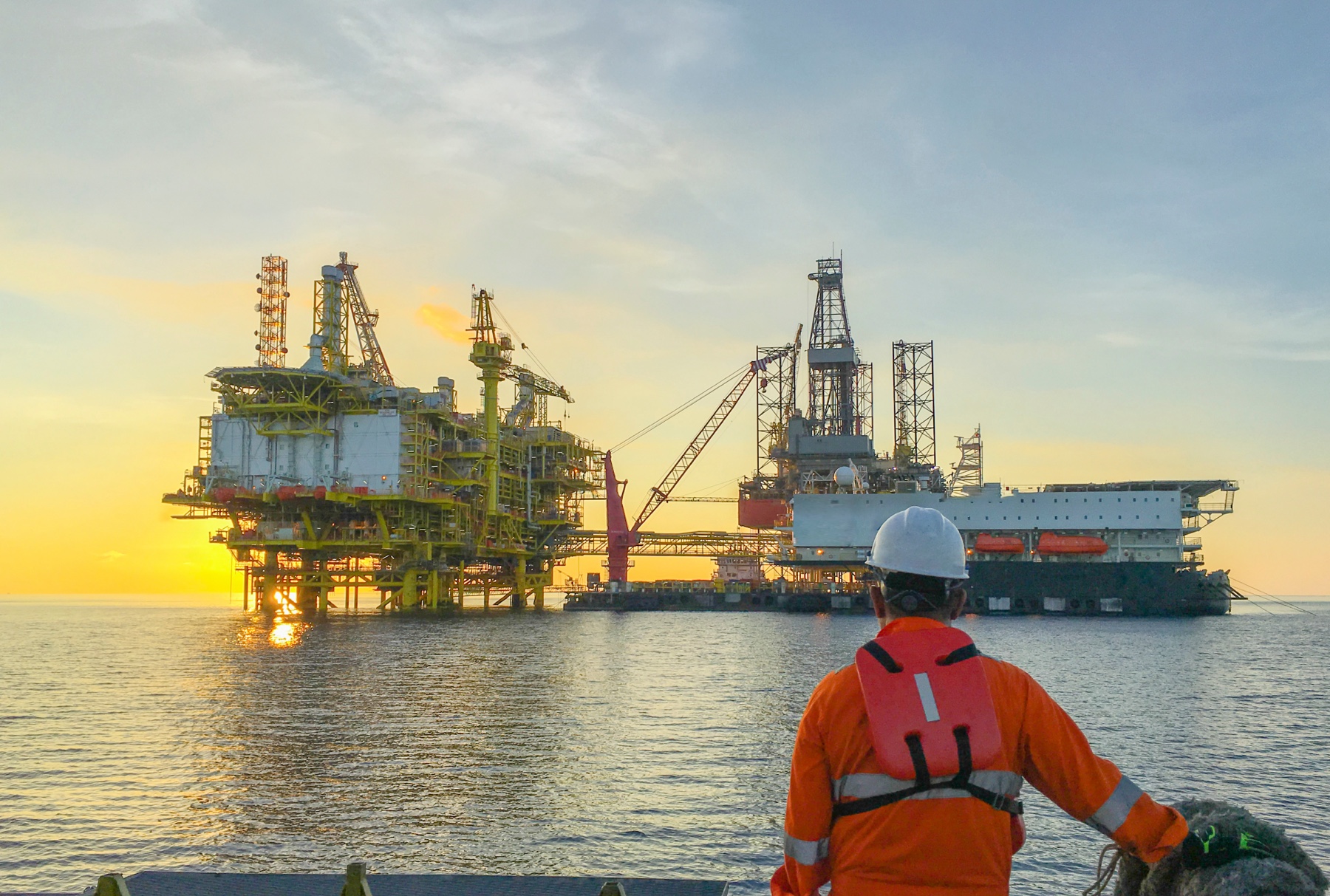MUltiphase Flow-induced Fluid-flexible structure InteractioN in Subsea
Pioneering technologies and cutting-edge tools for the design of safe and reliable subsea systems.
Project leader
Dates
February 2018 to November 2021
Sponsors
Partners
Imperial College London, Glasgow University, industrial partners including BP, Chevron, TOTAL and TechnipFMC, who are members of the Transient Multiphase Flow and Flow Assurance Consortium (TMF), Wood, Xodus, Orcina and TNO in the Netherlands, and an academic partner, the National University of Singapore.
Description
Our multidisciplinary team comprises experts from across academia and industry. We are developing the next generation of technologies and tools for designing subsea systems. These systems include flowlines, pipelines, risers, jumpers and manifolds. They transport multiphase hydrocarbon liquid-gas flows. They are all subject to hydrodynamic excitations.
The design of safe and reliable subsea systems faces challenges from:
- internal multiphase flow-induced vibration (MFIV)
- external flow vortex-induced vibration (VIV)
Fatigue damage is often due to fluid-structure interaction. The interaction mechanisms are complicated. The effects can be catastrophic. They may result in costly production downtime.
Liquid-gas slug flows are common and problematical. Various factors induce slug flows. These include pipe geometry, seabed topography, and thermo-physic-hydrodynamic instability.
Slug flows have a very complex hydrodynamic nature. This is due to their deformable and compressible phases. The mechanical properties of these phases cause variable interaction between the interfaces. The variability is both spatial and temporal. Subsea layout architecture, operational lifetime and environmental conditions all affect flow-pipe interaction.
Designers need to assess the response, stress and fatigue of subsea structures undergoing MFIV. But reliable practical guidelines and systematic frameworks do not exist. A combination of MFIV and VIV creates greater complexity in structure design.
We are combining modelling, simulation and experiment. We are using high-fidelity three-dimensional computational fluid dynamics. We are developing a hierarchy of reduced-order models. These models are innovative and cost-efficient. They will capture vital MFIV and VIV effects. They will provide significant insights into flow features and fluid-structure coupling phenomena.
We will carry out validation and verification. We will undertake uncertainty and reliability analyses. We will compare numerical results with experimental tests and available industrial data. This will improve confidence in identifying the likelihood of fatigue failure and safety risks. We will use computationally-efficient tools and open-source codes. We will also minimise uncertainties in MFIV-VIV predictions. These are associated with multi-scale multi-physics fluid-elastic solid interactions. This will improve design optimisation and control of the most efficient multiphase flow features.
MUFFINS will deliver the greatest benefits to the security of global oil and gas energy. We will use cutting-edge technologies, cost-efficient tools and recommended guidelines. Our research will significantly improve the integrity, reliability and safety of the subsea systems transporting multiphase flows.
